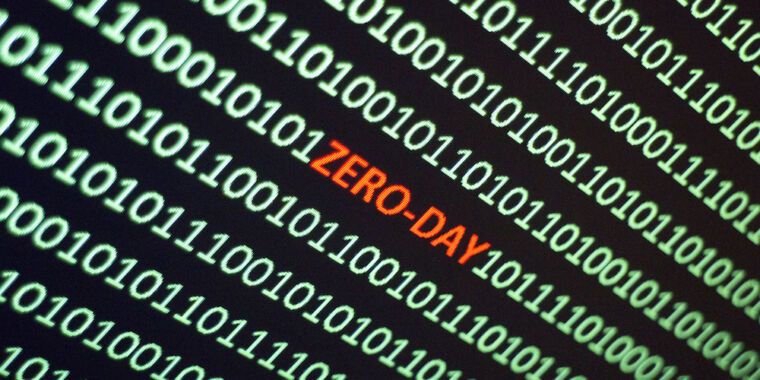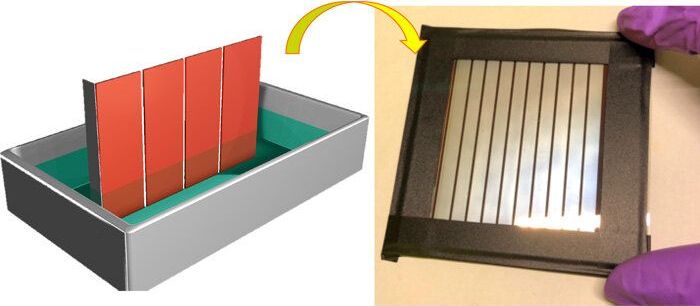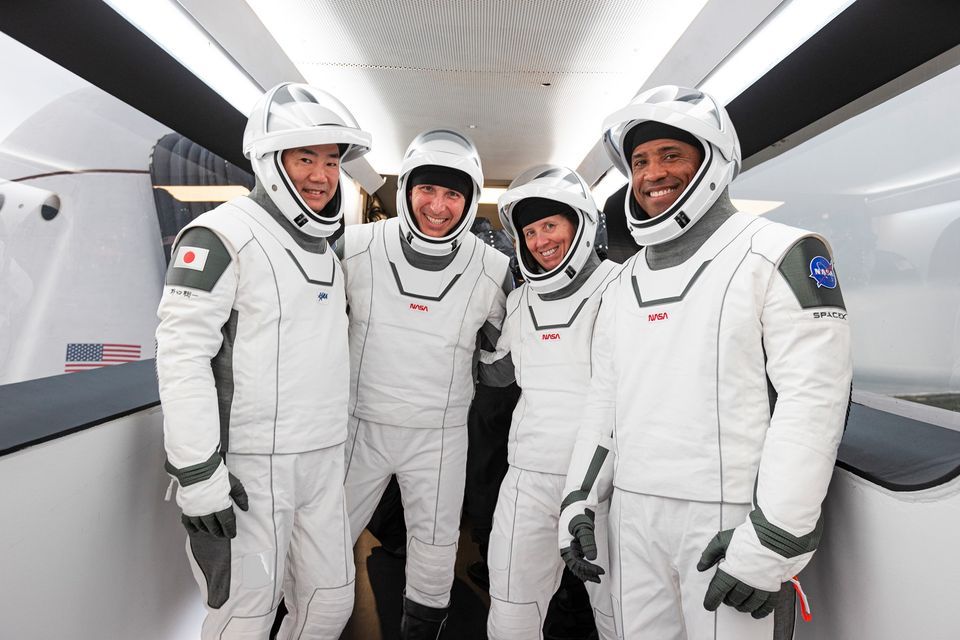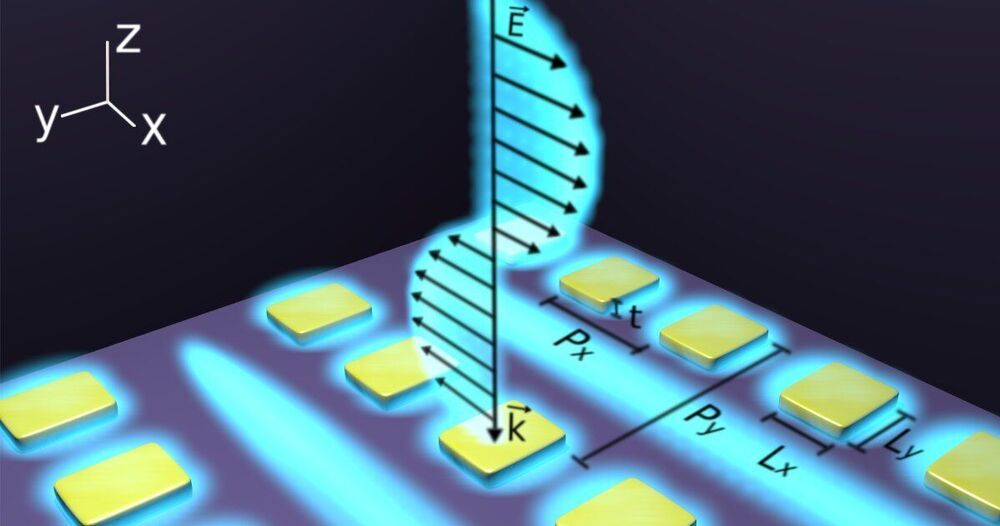By 2050, the number of adults over the age of 65 globally will double, reaching a staggering 1.6 billion, with the largest growth in the developing world. This growth will be one of the greatest social, economic, and political transformations of our time, that will impact existing healthcare, government and social systems, that today are largely not inclusive of the ageing population or built to the scale needed to support it.
But we can begin to make investments in our support systems (enabled and scaled by technology) that encompass a coordinated response from governments, society, academia, and the private sector.
A precursor to investing in innovative solutions will be to acknowledge the needs of older adults and identify their caregiving challenges. These are the issues that will inform the solutions agenda.






